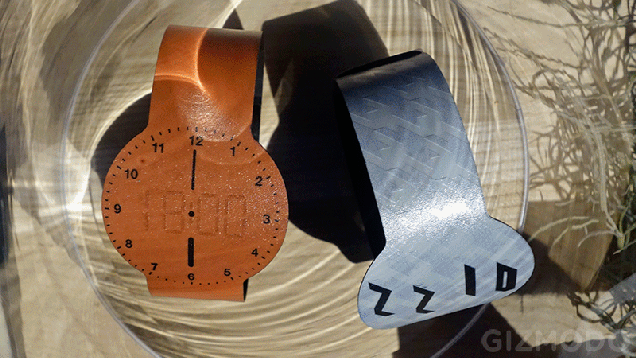Source: https://www.engadget.com/2017/01/02/lg-nano-cell-4k-tvs/

If your TV line already has 4K, HDR and all the other buzzwords that promise top-tier image quality, what do you do next? For LG, the answer is simple: make sure everyone sees those colors. It just unveiled its Super UHD TV line for 2017, and all three models (the SJ8000, SJ8500 and SJ9500) revolve around Nano Cell LCDs whose uniformly-sized particles promise more accurate and consistent colors, even when you're watching from an off-center position. The technology absorbs excess light wavelengths, preventing unwanted color bleeding (such as from green to blue or yellow), fading and other effects that reduce the vibrancy of the picture.
The company is even going so far as to partner with Technicolor in a bid to improve accuracy through both a special Technicolor Expert Mode and support for Advanced HDR. When combined with Dolby Vision, HDR10 and Hybrid Log Gamma support, you shouldn't have to worry about whether or not you're getting the most faithful colors.
LG is also promising a more sophisticated approach to high dynamic range imagery regardless of the format. All of the Nano Cell sets tout an Active HDR feature that inserts HDR data into specific areas in each frame -- you don't need to worry about what kind of HDR data is included in the raw material. An HDR Effect feature, meanwhile, punches up the quality of standard images.
The webOS software on the new TVs isn't a revolution, but it still promises to make your life easier compared to last year's models. A Magic Link button on the remote both gives you quicker access to favorite material (such as Amazon and Netflix) and details about what you're watching, such as the actors. You can watch 360-degree VR material if you plug in a computer or phone through USB, and it's easier to zoom into a scene to see something you'd otherwise miss.
You aren't getting many details about the lineup at this stage, alas, but it's evident that the SJ9500 is the darling of the bunch with a frame that's just 0.27 inches thick at its slimmest point. The big question: what are Samsung, Sony and other heavyweights doing this year? While Nano Cell, Active HDR and other perks may help, it'd likely be wise to wait for LG's rivals to show their cards before you commit to buying a set.
Click here to catch up on the latest news from CES 2017.
Source: LG Newsroom
Read More...
Summary only...



